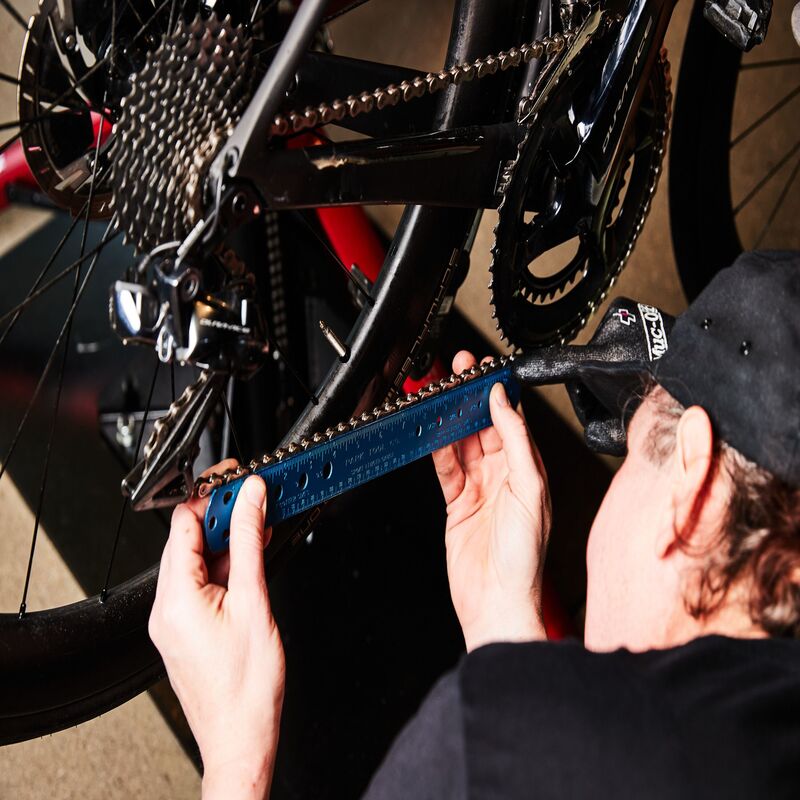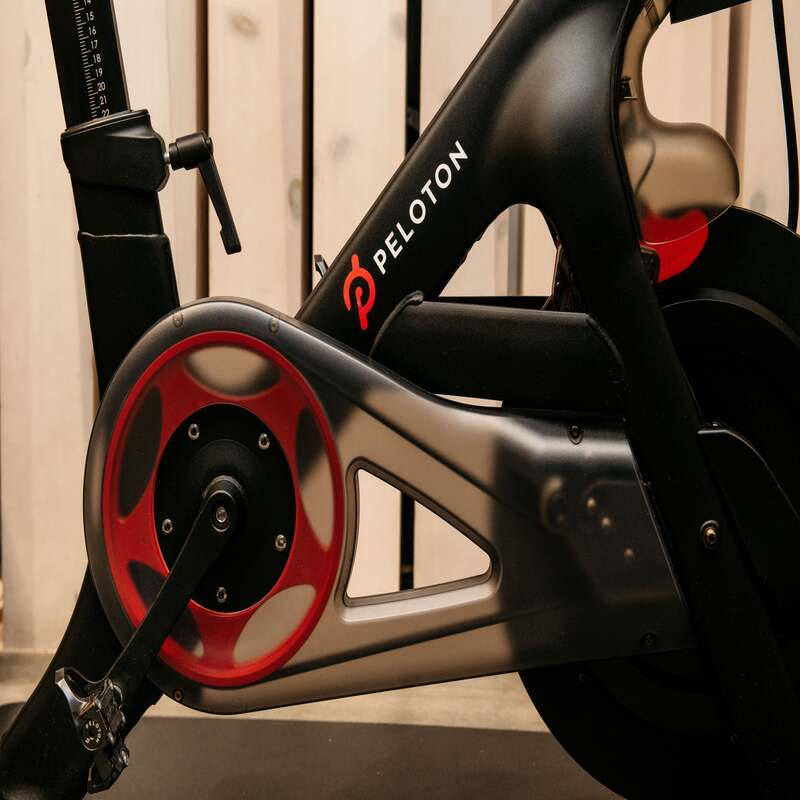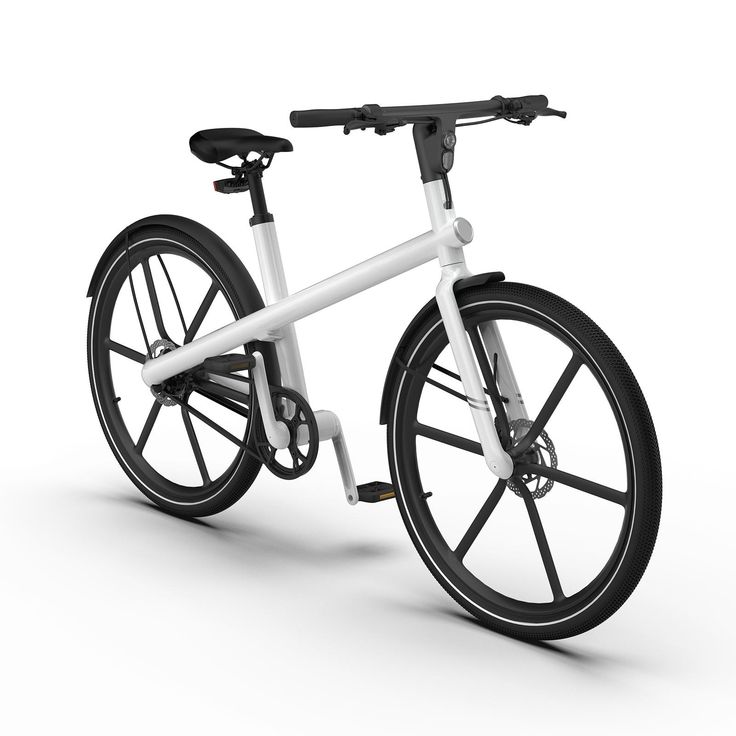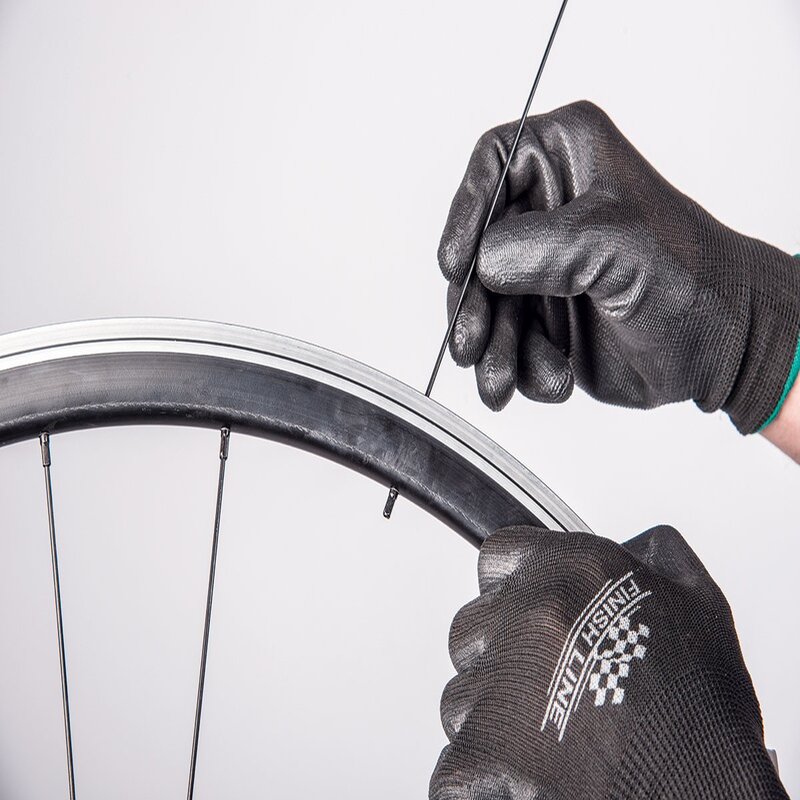When you encounter a clicking noise while pedaling hard, it can be frustrating. Not only does it disrupt your ride, but it may signal underlying mechanical issues. Understanding the source of the clicking noise can help you enhance your cycling experience. Additionally, being proactive about maintenance can prevent future issues. In this article, we will explore common causes of clicking noises when pedaling hard. Furthermore, we will provide solutions and maintenance tips to keep your bike in optimal condition.
Common Causes of Clicking Noises
The first step in addressing the clicking noise is identifying its origin. Various factors can contribute to this annoying sound. Understanding these can aid you in fixing the issue swiftly.
Crankset Issues
One of the most common culprits of clicking noises is found in the crankset. A loose crank arm can cause friction, producing that irritating sound you hear. To check if this is the problem, inspect the crank arm, ensuring it’s securely fastened. Tightening it usually solves the issue. Furthermore, wear and tear on the crank itself may also contribute to the noise. Over time, the interface between the crank arm and the spindle may degrade. If this is the cause, replacing worn components is necessary.
Bottom Bracket Problems
Another possibility involves the bottom bracket. Its role is crucial, connecting the crankset to the frame. If the bottom bracket is loose or damaged, it can generate a clicking sound during pedaling. You can easily check this by grasping the crank arms and wiggling them back and forth. If you notice a lateral movement, this indicates a problem. Tightening or replacing the bottom bracket can resolve the noise. Thus, regular checking will save you from bigger issues in the future.

Drive Train Components
The next potential source of clicking noises is the bike’s drive train. It consists of several components that operate together to propel you forward. Any misalignment or wear in this assembly may cause undesirable noises.
Chain Issues
Chains are among the primary components in the drive train. If your chain is worn or poorly lubricated, it may create a clicking sound. To inspect the chain, look for stiff links, rust, or excessive wear. Regular cleaning and lubrication can extend its lifespan. Using a dedicated chain cleaner can also help maintain smooth performance. If the chain is damaged beyond repair, consider replacing it.
Derailleur Alignment
The derailleur’s position is another aspect that may cause issues. A misaligned derailleur can lead to poor shifting and clicking noises. To address this, check the alignment of both the front and rear derailleur. If they are slightly off, adjusting the limit screws may help resolve the issue. If you’re unsure how to do this, consult your bike manual or a professional. Maintaining the proper derailleur alignment enhances gear shifts and reduces noise.
Wheel and Hub Issues
Wheels are critical in your bike’s performance. If they are not functioning correctly, you may hear clicking noises from the hub.
Hub Inspection
The bike hub connects the wheels to the frame. If your bike hub is loose, it can create clicking noises while pedaling. To check, grab the wheel and assess for side-to-side movement. If you find any, it’s time to tighten the hub. Regularly inspecting the hubs can prevent potential failures during rides. Over time, bearings may wear out or become contaminated. Cleaning and re-greasing them can significantly improve performance.
Spoke Tension
The tension of the spokes also plays a role in the noise. Loose spokes can lead to instability, causing strange sounds while pedaling hard. Regularly checking spoke tension is vital. Use a spoke tension gauge to measure their tightness. If any spokes are loose, you may need to tighten them with a spoke wrench. Properly tensioned spokes contribute to a stable wheel, enhancing your overall riding experience.

Other Mechanical Components
Beyond specific systems, various other mechanical components impact bike performance. Each of these can contribute to clicking noises when stressed during hard pedaling efforts.
Pedals and Cleats
Your pedals and cleats play a vital role in energy transfer. If you hear clicking noises, the pedals may be worn out or misaligned. A thorough examination is essential. Check if the pedals are securely attached to the crank arms. They should fit snugly without any movement. Additionally, examine the cleats on your cycling shoes. Wear can lead to misalignment, causing irritating sounds. If necessary, replace these components to ensure proper function.
Seat and Frame Connection
Your bike seat must be securely fastened to the frame. A loose connection may generate clicking noises as you put pressure on the pedals. To check if this is an issue, inspect the seat post and the attachment point. Make adjustments if needed. Evaluating the seat and frame connection often resolves noise-related issues. Ensuring a stable seating position improves comfort during long rides.
Diagnosing the Issue
If you are still experiencing clicking after performing maintenance, further diagnosis may be required. Sometimes the issue may not be prominently visible. Utilizing specific diagnostic techniques can aid in identifying the exact cause.
Sound Location
Understanding the source of the sound is crucial to proper diagnosis. Listening carefully to the clicking noise can help identify its origin. Pay attention to whether it occurs during pedaling, braking, or shifting.
Furthermore, these variables can help narrow down the source. Sounds created while pedaling may come from the chain or pedals. Clicking noises heard during braking might indicate brake issues or misaligned calipers.
Riding Style and Techniques
Sometimes, the noise can stem from your riding style. Different pedaling techniques can put uneven pressure on components. This uneven pressure can cause clicks, especially during high-stress pedaling.
Adapting your riding style can sometimes alleviate negative effects on your bike. Additionally, practice consistency in your pedal stroke. Smooth and consistent motions lead to fewer chances of clicking noises.

Preventive Maintenance Tips
Preventing issues before they arise is key in cycling. Regular maintenance can help reduce the likelihood of clicking noises significantly.
Regular Cleaning
Bike cleanliness is crucial for optimal performance. Dirt and grime can build up on various components, causing noise. Establish a routine for cleaning your bike, focusing on the chain, gears, and derailleur. Use appropriate cleaning solutions and soft brushes to maintain these areas. A clean bike is a happy bike.
Focus on Lubrication
Proper lubrication should not be overlooked. Lubricate moving parts like the chain and derailleur regularly. This reduces friction and enhances overall performance. Always choose the right type of lubricant suited to your bike’s environment. In damp conditions, some lubricants will perform better than others.
Seeking Professional Help
Sometimes, despite your best efforts, issues persist. In these scenarios, seeking professional help can be beneficial.
Visiting a Bike Mechanic
Local bike shops have experienced mechanics who can diagnose problems. They have the equipment and expertise to identify complex linkages causing the noise. If you’re unsure about performing repairs yourself, it’s always a good idea to ask for help. Mechanic expertise can prevent potential damage from incorrect fixes.
Understanding When to DIY
While many bike repairs can be done at home, understanding limits is crucial. If you feel uncertain about a particular task, it may lead to more problems. Conversely, if you are comfortable with minor adjustments, take the time to learn. Online tutorials and forums can provide valuable insights.
Conclusion: Enjoying a Quieter Ride
In conclusion, discovering the source of clicking noises while pedaling hard can significantly improve your riding experience. Understanding the common causes, from the crankset to the derailleur, can help you pinpoint the issue effectively. Regular maintenance, such as cleaning and lubrication, is essential to prolonging your bike’s lifespan.
Don’t hesitate to seek professional help when necessary. A well-functioning bike enhances your enjoyment and overall performance. With timely attention to these mechanical issues, you can minimize distractions. Ultimately, this leads to a smoother, quieter ride.
So, take your bike out for a spin, enjoy the smoothness, and appreciate the joy of cycling without unwanted noises! Riding should be about freedom and adventure, so make it count!



